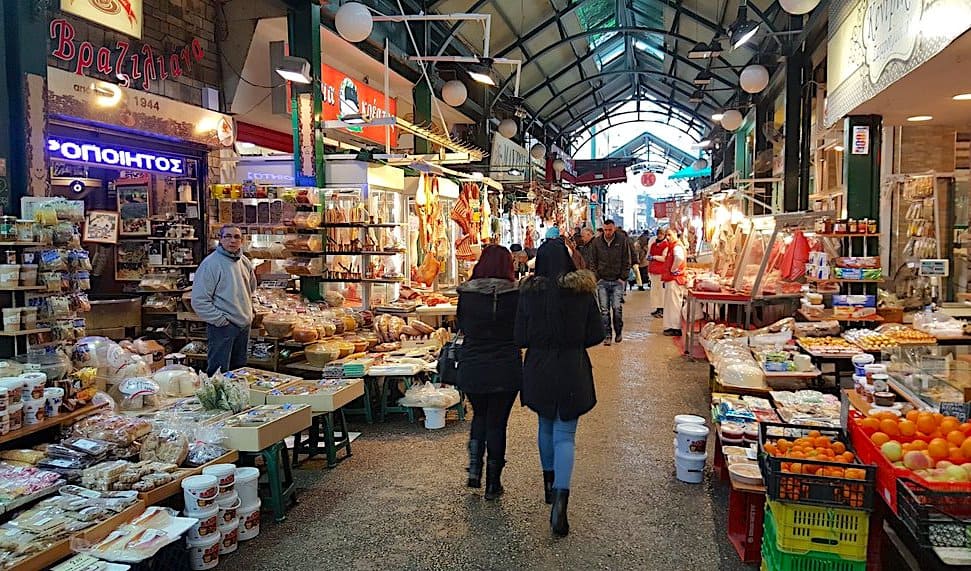 Reducing inequalities and ensuring no one is left behind are integral to achieving the Sustainable Development Goals.
Reducing inequalities and ensuring no one is left behind are integral to achieving the Sustainable Development Goals.
Inequality within and among countries is a persistent cause for concern. Despite some positive signs toward reducing inequality in some dimensions, such as reducing relative income inequality in some countries and preferential trade status benefiting lower-income countries, inequality still persists.
COVID-19 has deepened existing inequalities, hitting the poorest and most vulnerable communities the hardest. It has put a spotlight on economic inequalities and fragile social safety nets that leave vulnerable communities to bear the brunt of the crisis. At the same time, social, political and economic inequalities have amplified the impacts of the pandemic.
On the economic front, the COVID-19 pandemic has significantly increased global unemployment and dramatically slashed workers’ incomes.
COVID-19 also puts at risk the limited progress that has been made on gender equality and women’s rights over the past decades. Across every sphere, from health to the economy, security to social protection, the impacts of COVID-19 are exacerbated for women and girls simply by virtue of their sex.
Inequalities are also deepening for vulnerable populations in countries with weaker health systems and those facing existing humanitarian crises. Refugees and migrants, as well as indigenous peoples, older persons, people with disabilities and children are particularly at risk of being left behind. And hate speech targeting vulnerable groups is rising.
Facts and Figures
- The incomes of the poorest 40 per cent of the population had been growing faster than the national average in most countries. But emerging yet inconclusive evidence suggests that COVID-19 may have put a dent in this positive trend of falling within-country inequality. The pandemic has also caused the largest rise in between-country inequality in three decades.
- One in six people worldwide has experienced discrimination in some form, with women and people with disabilities disproportionately affected.
- The year 2022 witnessed the highest number of refugees (34.6 million people) ever documented. This year is also a deadly one for migrants, with nearly 7,000 deaths recorded globally.
- Reducing both within- and between-country inequality requires equitable resource distribution, investing in education and skills development, implementing social protection measures, combating discrimination, supporting marginalized groups and fostering international cooperation for fair trade and financial systems.
Targets
- 10.1 By 2030, progressively achieve and sustain income growth of the bottom 40 per cent of the population at a rate higher than the national average
- 10.2 By 2030, empower and promote the social, economic and political inclusion of all, irrespective of age, sex, disability, race, ethnicity, origin, religion or economic or other status
- 10.3 Ensure equal opportunity and reduce inequalities of outcome, including by eliminating discriminatory laws, policies and practices and promoting appropriate legislation, policies and action in this regard
- 10.4 Adopt policies, especially fiscal, wage and social protection policies, and progressively achieve greater equality
- 10.5 Improve the regulation and monitoring of global financial markets and institutions and strengthen the implementation of such regulations
- 10.6 Ensure enhanced representation and voice for developing countries in decision-making in global international economic and financial institutions in order to deliver more effective, credible, accountable and legitimate institutions
- 10.7 Facilitate orderly, safe, regular and responsible migration and mobility of people, including through the implementation of planned and well-managed migration policies
- 10.A Implement the principle of special and differential treatment for developing countries, in particular least developed countries, in accordance with World Trade Organization agreements
- 10.B Encourage official development assistance and financial flows, including foreign direct investment, to States where the need is greatest, in particular least developed countries, African countries, small island developing States and landlocked developing countries, in accordance with their national plans and programmes
- 10.C By 2030, reduce to less than 3 per cent the transaction costs of migrant remittances and eliminate remittance corridors with costs higher than 5 per cent






